Biblical scroll discovered in 'Cave of Horror' in Israel
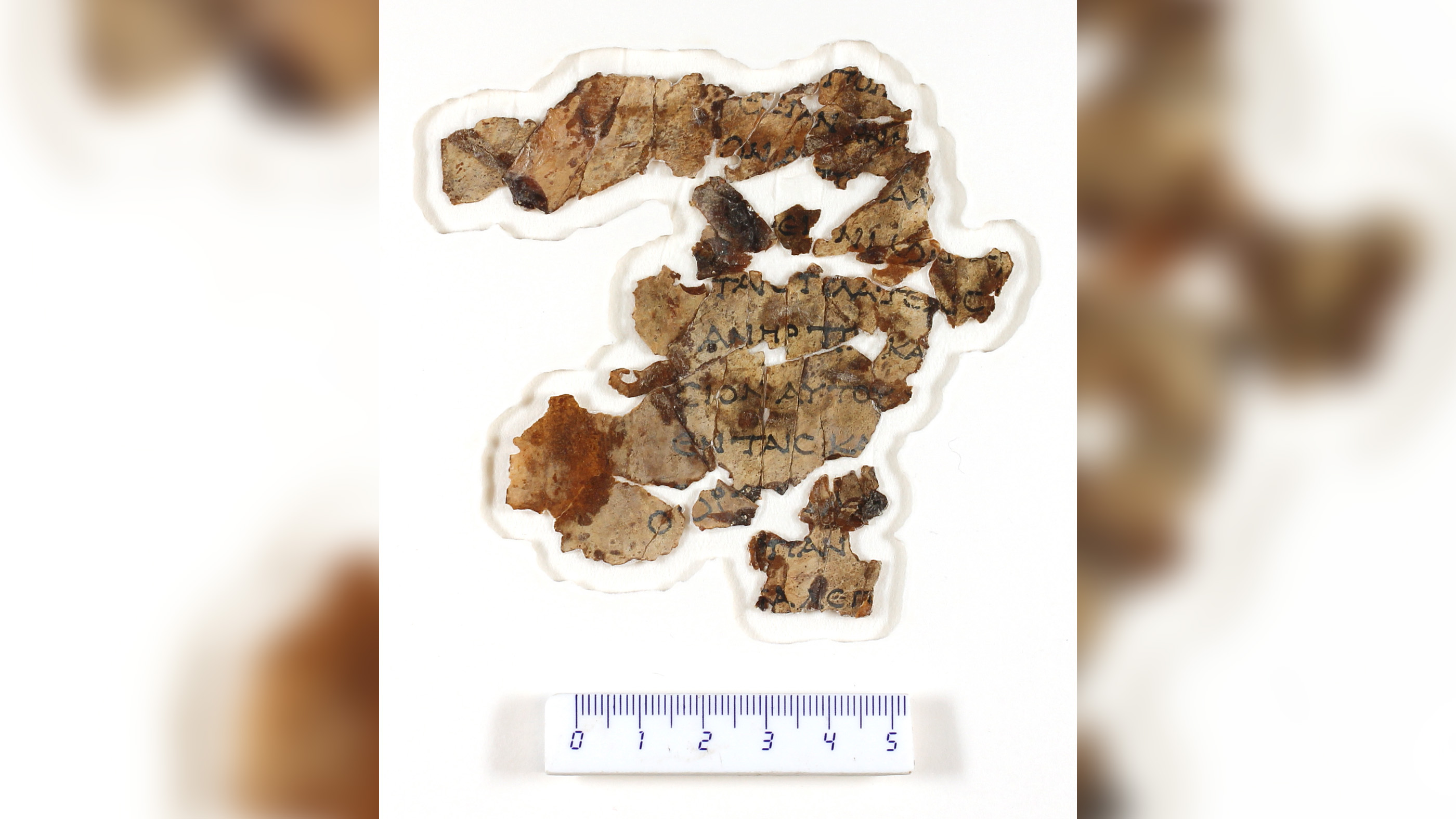
Fragments of a biblical scroll dating back 1,900 years have been discovered in the "Cave of Horror" in the Judean Desert in Israel.
The cave's existence has been known for some time; it gets its macabre name from 40 ancient human skeletons that were discovered there in the 1960s. The skeletons are of people who starved to death during the Bar Kokhba revolt, which occurred between A.D. 132 and A.D.135, when the Jewish people in the region revolted against the Roman Empire. The revolt was crushed, with some ancient writers claiming that over 500,000 Jews were killed and many others deported from the region.
Related: In photos: New Dead Sea Scrolls revealed
The newly found biblical scroll, which is written in Greek, also dates to the Bar Kokhba revolt and contains passages from the books of Zechariah and Nahum, the Israel Antiquities Authority (IAA) said in a statement released Tuesday (March 16). In the Hebrew Bible these are part of one book of 12 minor prophets.
"These are the things you are to do: Speak the truth to one another, render true and perfect justice in your gates. And do not contrive evil against one another, and do not love perjury, because all those are things that I hate — declares the Lord" (Zechariah 8:16–17), part of the scroll reads in translation. The IAA said that this is the first time in 60 years that a biblical scroll has been found in scientific archaeological excavations, as opposed to scrolls being looted or otherwise excavated unscientifically.
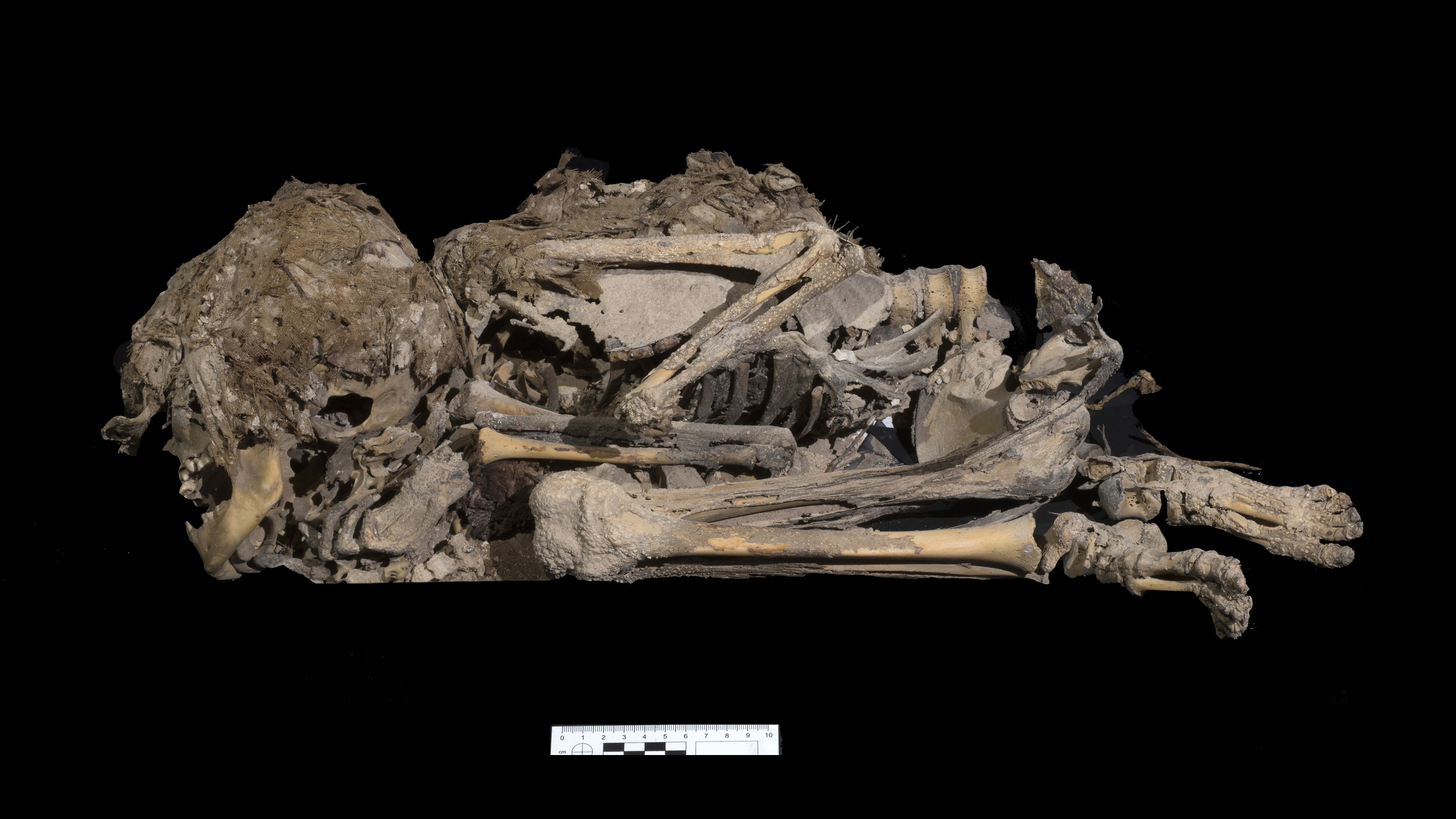
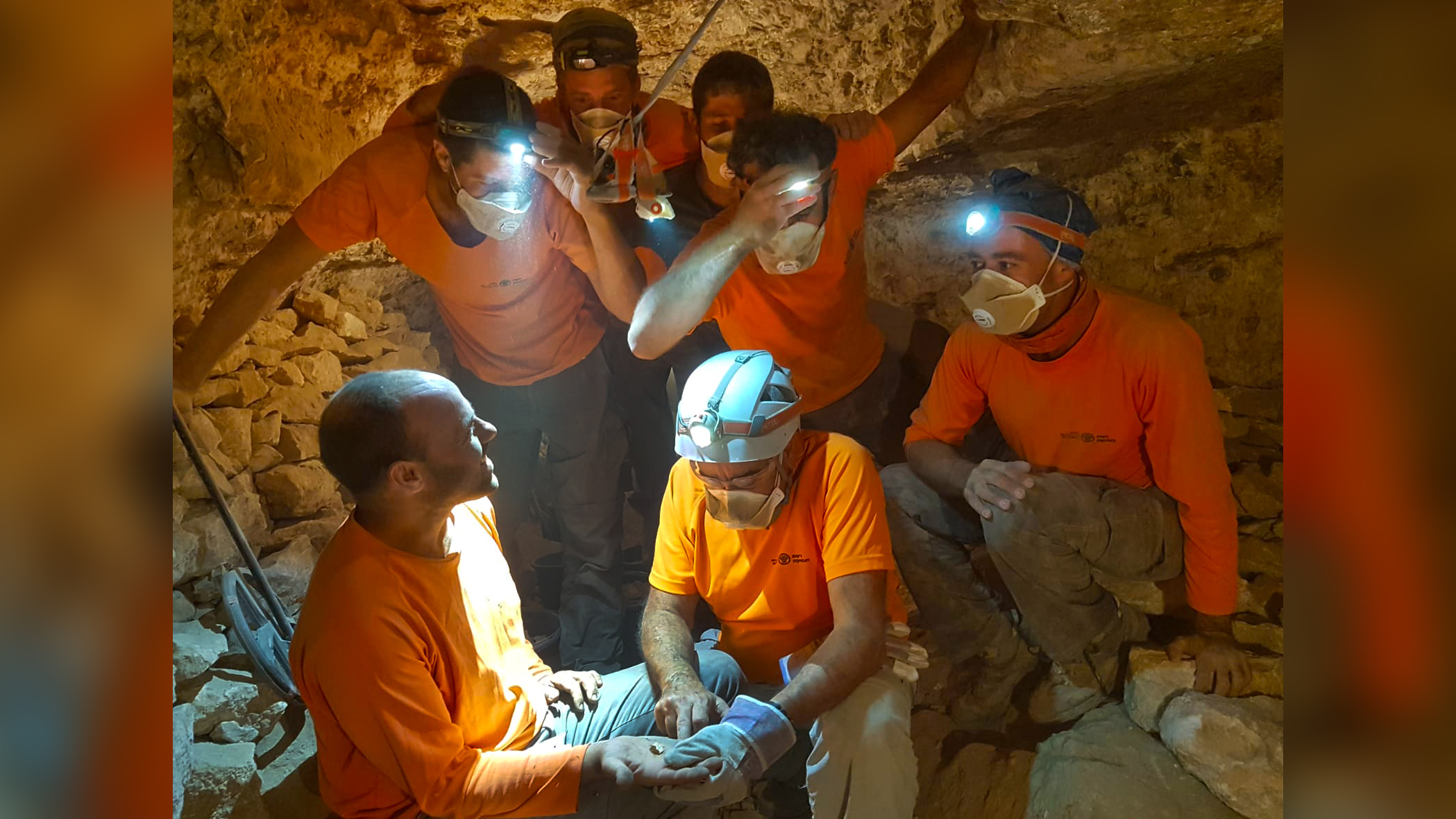
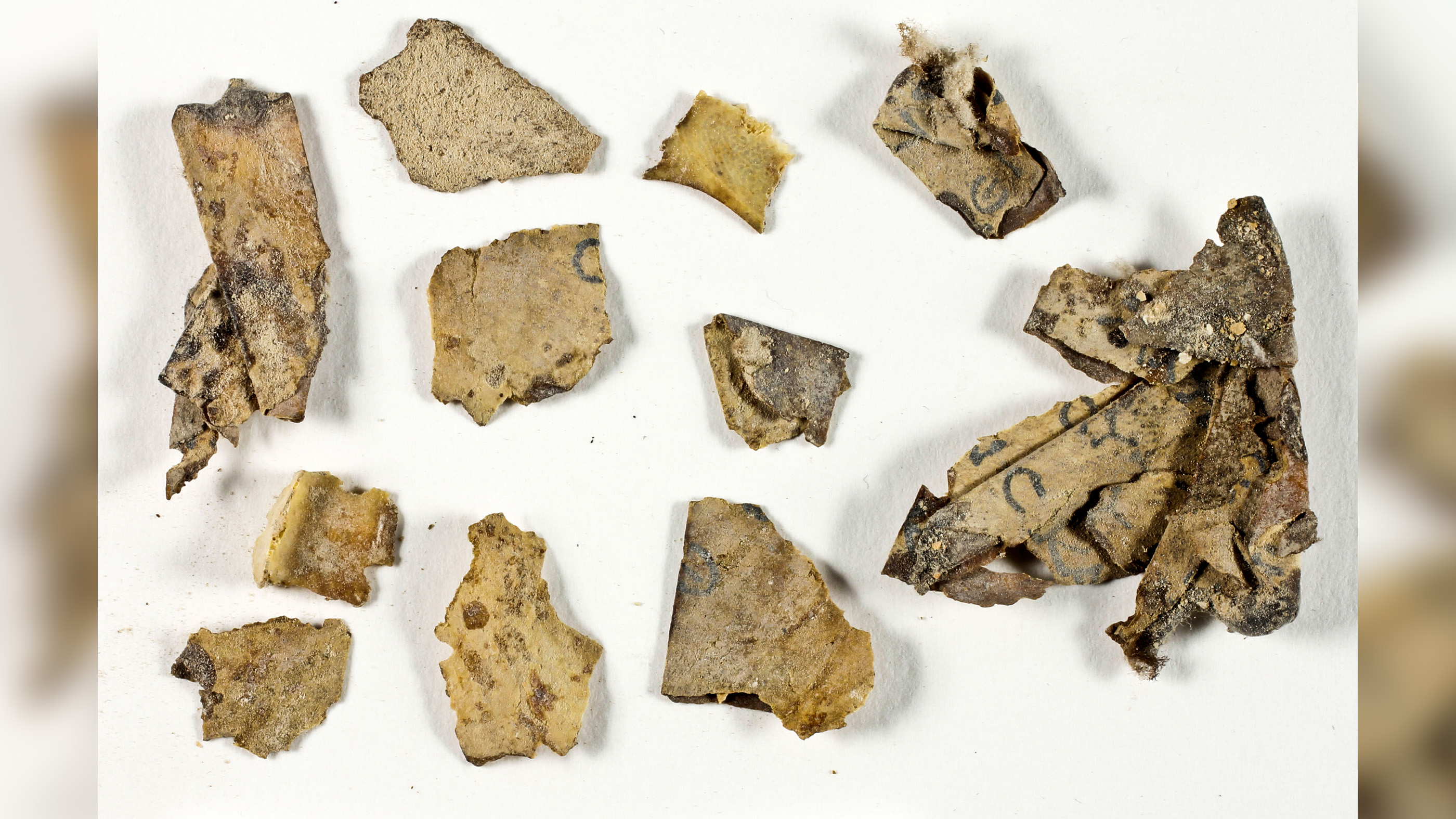

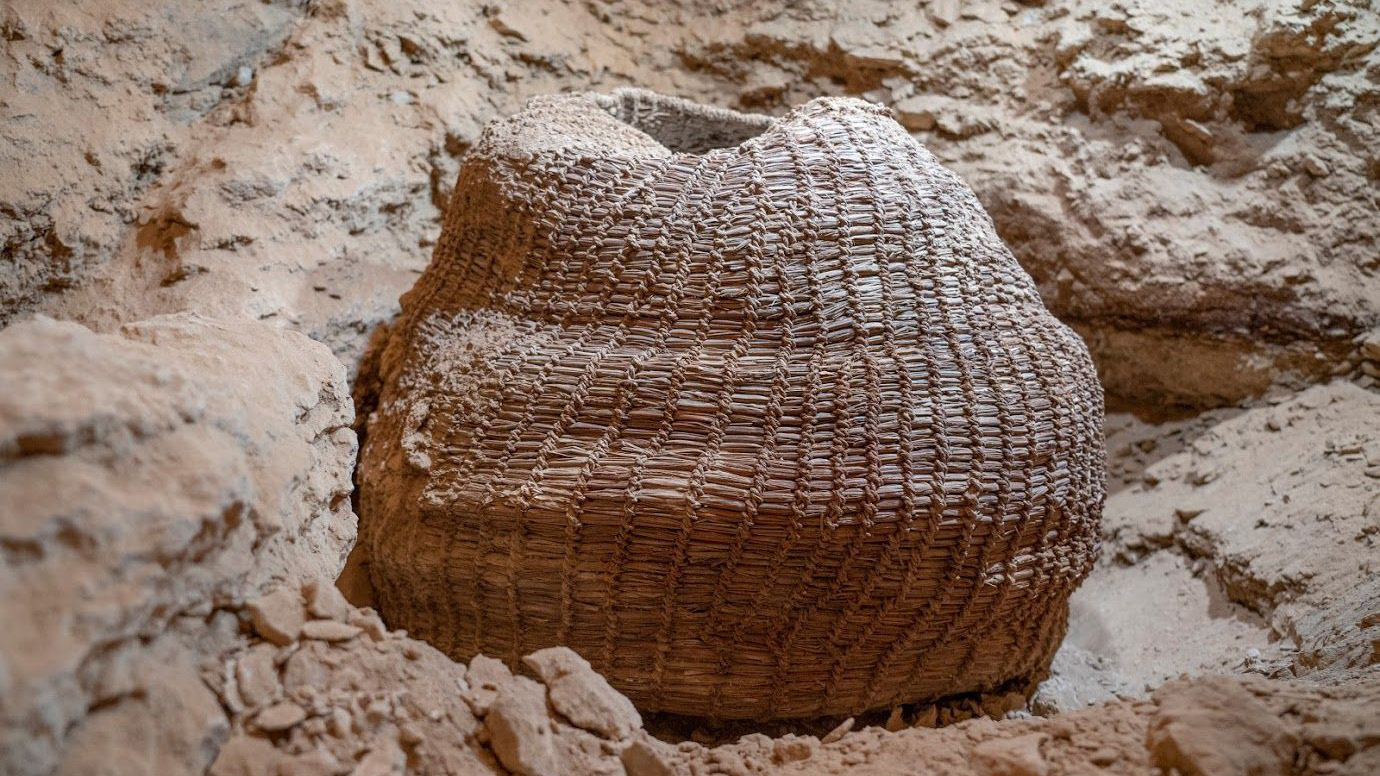
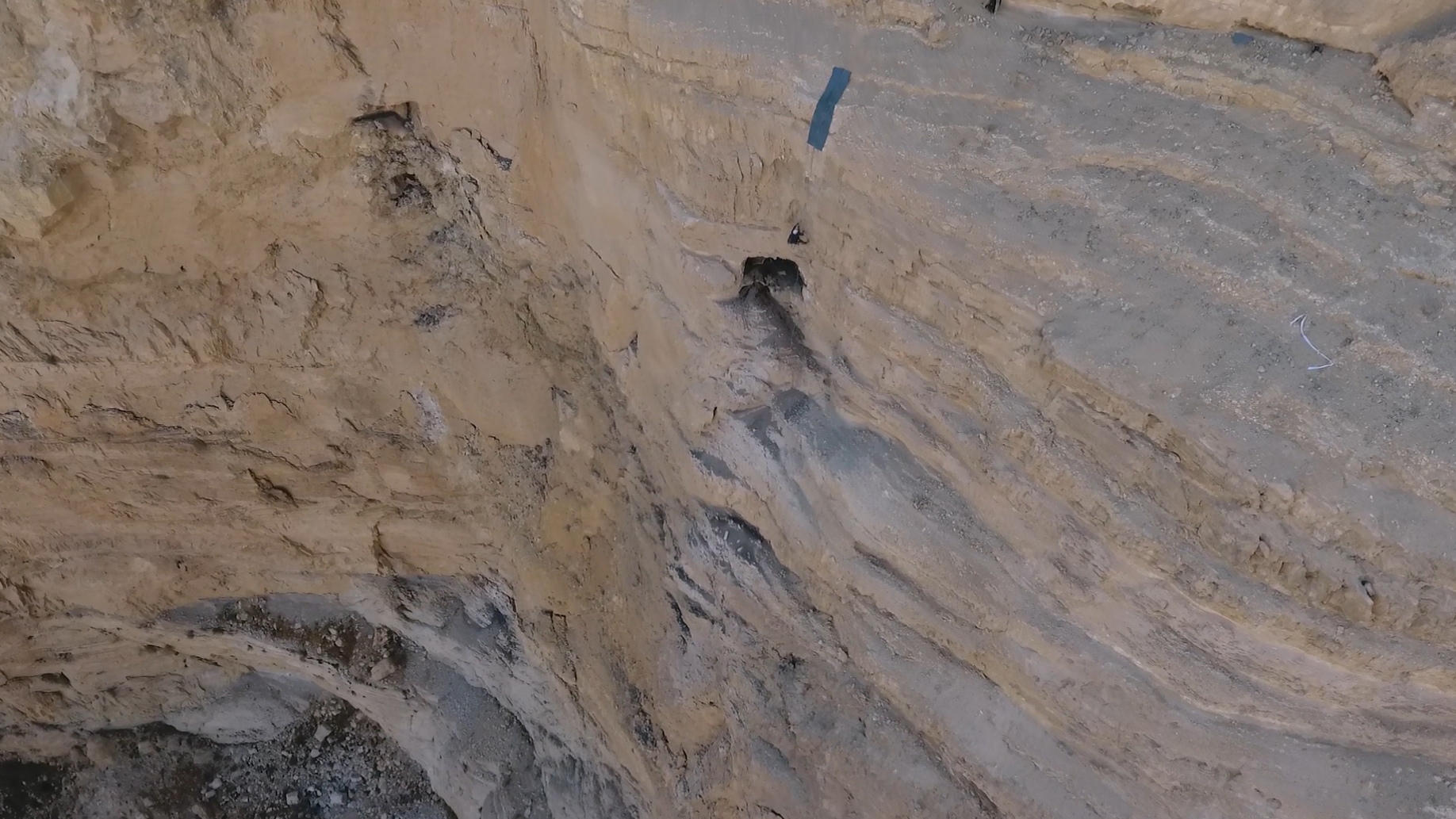
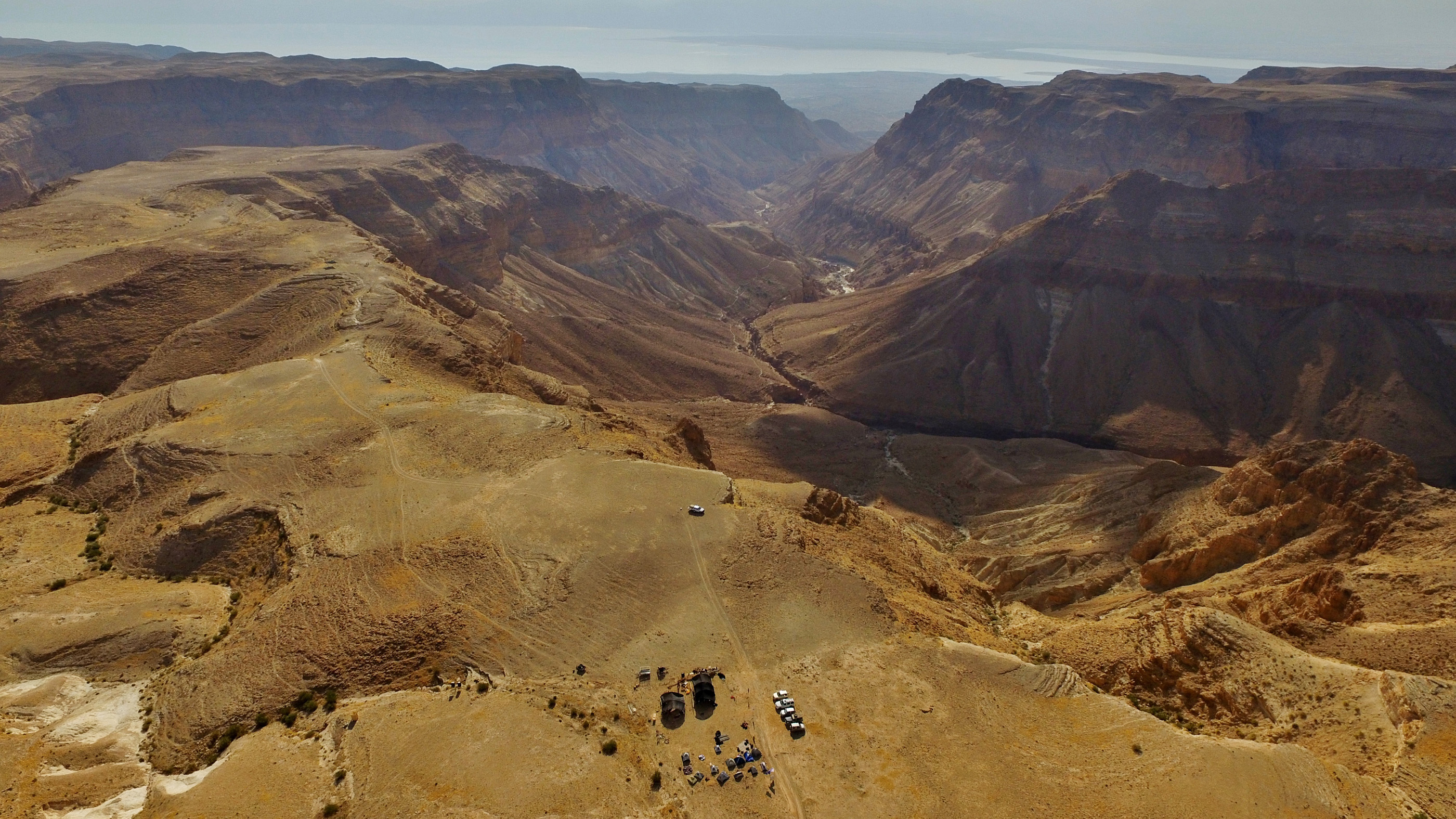
Some media outlets are declaring the find to be a new "Dead Sea Scroll," which is a name that refers to thousands of fragments from about 900 texts found in caves near the site of Qumran in the West Bank beginning in the 1940s and 1950s. However, the Cave of Horror is not near Qumran and the IAA referred to the latest find as a new "biblical scroll" instead of a Dead Sea Scroll.
Since 2017, the IAA has been conducting a campaign to find new scrolls in caves in the Judean Desert. Looting is a major problem in the region, and the authority is concerned that some scrolls are being pilfered by thieves before archaeologists can find them. As part of the campaign, the authority is re-excavating caves that have been previously excavated by archaeologists.
Sign up for the Live Science daily newsletter now
Get the world’s most fascinating discoveries delivered straight to your inbox.
"The newly discovered scroll fragments are a wakeup call to the state. Resources must be allocated for the completion of this historically important operation. We must ensure that we recover all the data that has not yet been discovered in the caves, before the robbers do," Israel Hasson, director of the IAA, said in the statement.
In addition to the biblical scroll, archaeologists found a 6,000-year-old mummified child inside the same cave. The mummified child, likely the remains of a girl who died between the ages of 6 and 12, was buried in a shallow pit, according to an analysis from a CT (computed tomography) scan of the skeleton. Additionally a cache of coins were found in the same cave that are stamped with images of Jewish symbols, including a harp and a date palm. They also date to the time of the Bar Kokhba revolt.
Additionally a basket that dates back around 10,500 years was found in a separate cave. The IAA says that it appears to be the oldest complete basket in the world.
Originally published on Live Science.

Owen Jarus is a regular contributor to Live Science who writes about archaeology and humans' past. He has also written for The Independent (UK), The Canadian Press (CP) and The Associated Press (AP), among others. Owen has a bachelor of arts degree from the University of Toronto and a journalism degree from Ryerson University.









